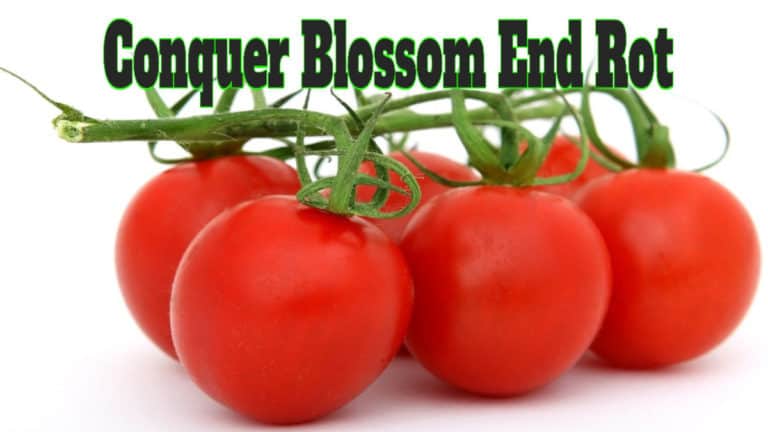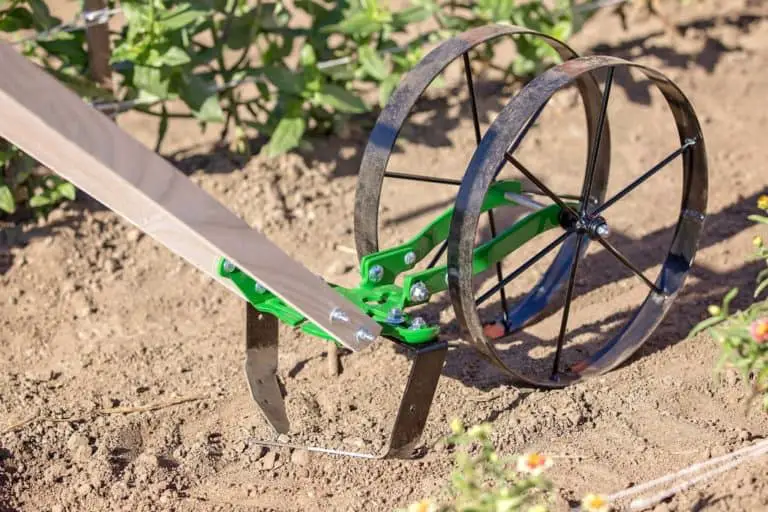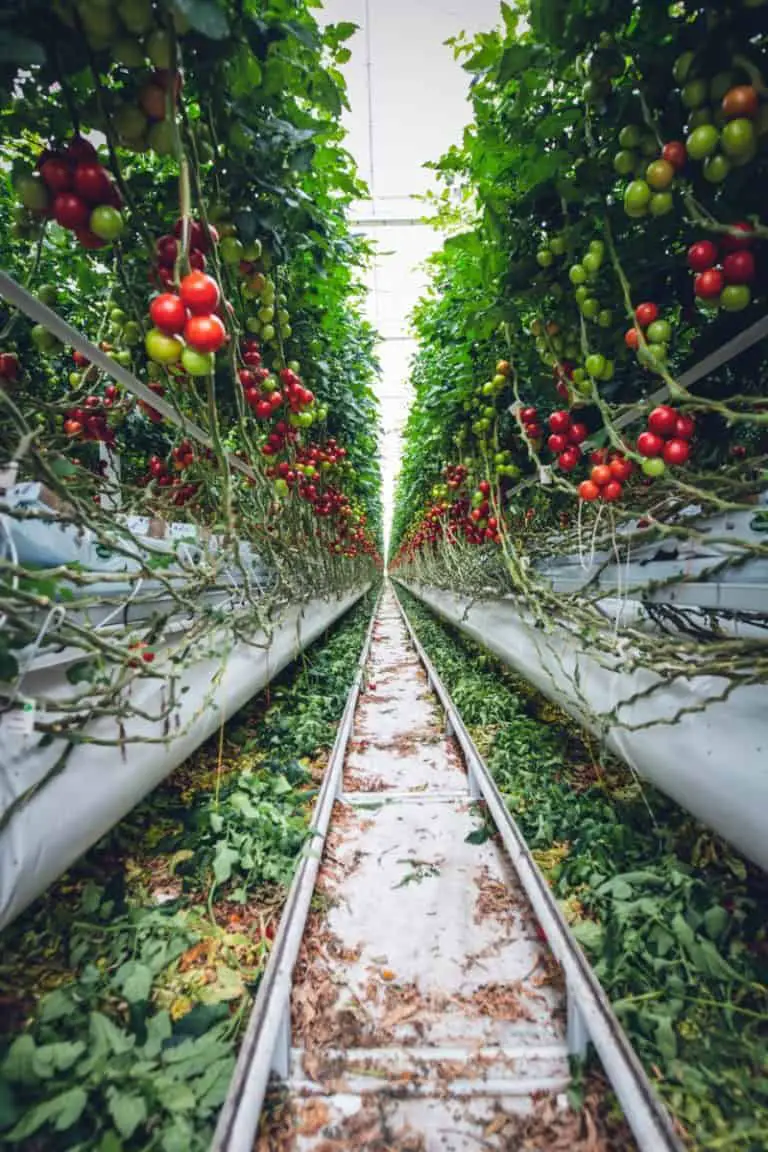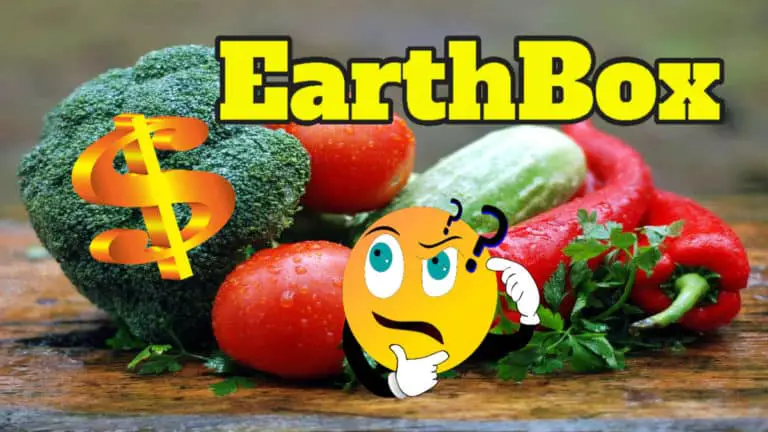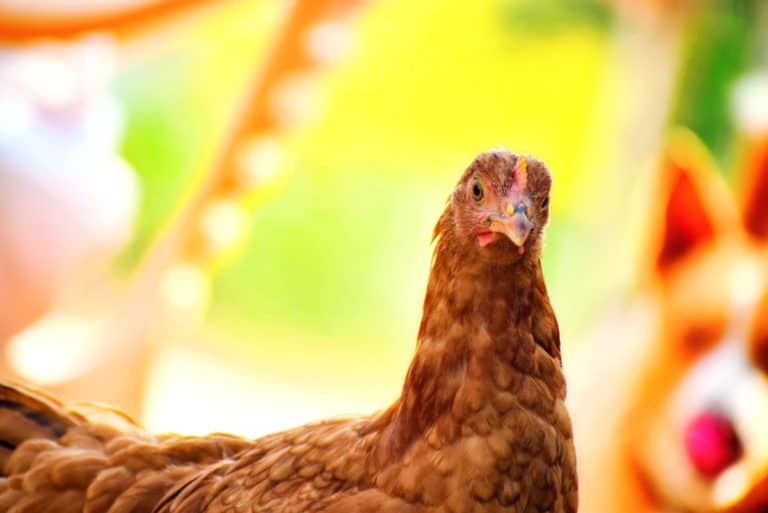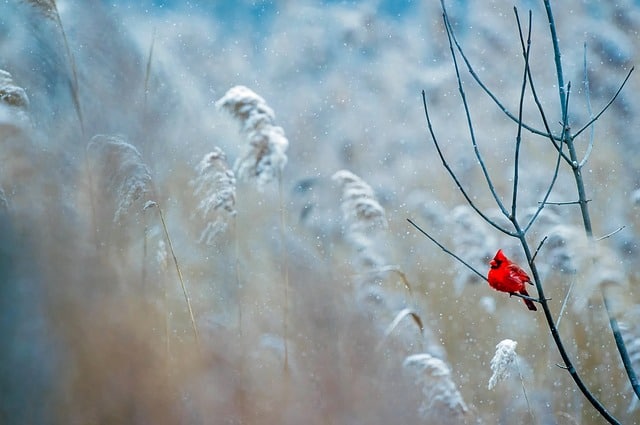

Vegetable Gardening brings so many rewards that it is sad to see the growing season come to an end. However, before winter sets in, there are some important things to do that will ensure the garden gets off to a great start in the spring.
Winterizing a garden need not be hard or stressful, but it IS necessary, and it’s something we all can do. After the first hard freeze, when the garden is finally spent, it’s time to start preparing for next year. It’s time to winterize.
Plant Residue
One of the most important things to be done is to remove all the old plant waste. One of the reasons to wait till after the first hard freeze is that all the vegetation should have been killed. It’s pretty easy to spot what needs to stay and what needs to go.
Some leafy vegetables like spinach, and kale and some brassicas like broccoli might withstand even a hard freeze. I would leave them alone, especially if you can get a few more meals out of them. When these “colder-hardy” plants finally die, then they can also be removed.
When removing Please, make sure it is disease-free and bug-free, especially if you’re going to put it in the compost. If there is any doubt, discard the plant material by burning it, or bagging it and placing it at the curb for trash pickup.
Some diseases and funguses might not be killed during the composting process. So an attempt to compost them could result in adding those same diseases back to the garden in the spring when you amend the soil. When in doubt, throw it out. It’s just not worth the small amount of compost material you would get, to risk contaminating a brand-new spring garden.
Use this opportunity to pull or dig up any weed materials also. Weeds are something you do not want to allow to overwinter in your garden. They may have late-season seeds clinging to them and need to be separated from the garden spot.
Any garden perennials should probably be cut back to the ground for the winter, depending upon what varieties of plants you grow. Check the growing specifications for the specific plants you grow, if you are unsure as to whether or not to cut back all the way to the ground. There may be specific plants that do not do well when cut back completely. Do your homework.
After all the plants have been pulled up, rake the garden thoroughly to remove any and all residue of last year’s crops. It will be much nicer to look at all winter, and you can start the new year with a clean slate.
If you grow flowers from bulbs, and you live in a cold-weather climate, you should probably dig up the flower bulbs in your beds. Where I live, we can leave them in the ground. It usually won’t get cold enough to kill the bulb. But those who live in harsher winter climates should check and see if their bulb variety can withstand the expected coming temperatures.
The Soil
This would be a good time for turning the soil over either by spading it or with a tiller. You have probably walked on your garden a considerable amount all summer long, so it is probably very compacted from your footsteps and by the harsh summer heat. Tilling it or spading it will loosen and aerate the soil and allow the coming winter moisture to penetrate deeper down.
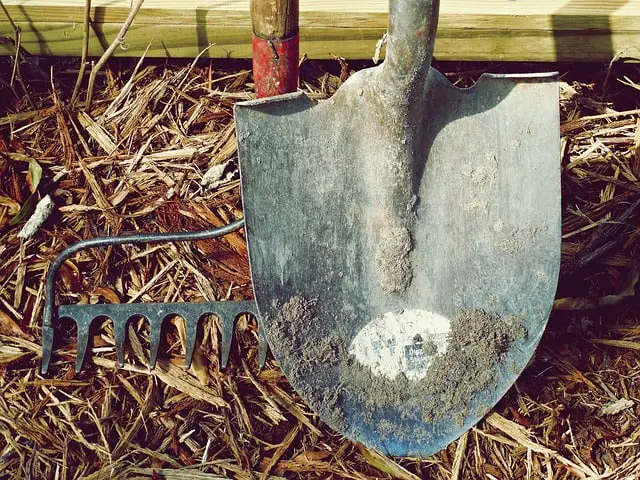
Turning over the soil also allows the roots to be exposed to the air and to the coming winter temperatures that can render them impotent next year. Around here, our winters aren’t all that bad, but everywhere you look you’ll see gardens that have been turned over or tilled late in the year, trying to capitalize on the coming winter temperatures to kill any unwanted roots.
This is also a great time to amend your soil. A fresh layer of compost or mulch will help your garden to “bed- down” for the winter. If you have your own compost, be liberal. I think it would be difficult to put too much compost on an over-wintered garden. Several inches would be appreciated by your garden beds.
For a lawn, and for perennials, don’t fertilize too late in the fall. It can spur on new growth that will just be killed back in the coming hard freeze, and would probably not be good for the plant. But, a layer of mulch would be just the thing they need. The mulch would not only give them a layer of nutrients but would also provide a layer of insulation.
Also, consider mulching your garden now. A layer of straw or wood chips will begin composting almost immediately and continue the process during the dark days of winter. By spring, you’ll be surprised at the results.
Mulching could be the most important thing you can do for your garden. If you have access to a “Tree Service” and could acquire wood chips, this will do great things for your garden.
There is a fairly new gardening method called Back To Eden Gardening that touts the use of wood chips (or straw, or hay, or leaves) to completely change a garden’s soil. I’ve tried it, and it absolutely transformed my soil from hard red clay to a black, composted goodness that I would have never thought possible. I discuss that transformation in this article.
Mulching will also bring in worms. Lots of worms. Worms tunnel through your soil and loosen it. Worms also poop. In fact, they poop a lot. Worm poop (called worm “castings”) are some of the best (and most expensive) organic fertilizer you can get. Even if you don’t practice the Back to Eden Gardening method, mulching your garden is like leaving a light burning in the window. The worms will come running (actually “squiggling”) and make their home under your garden. And will stay around bringing you their wonderful benefits.
A soil test would be a good option for you now. This will give you the stats on where your soil currently stands. Instead of guessing what you might need to amend the soil, a good soil test will tell you with certainty what you need to add now, or what you need to have on hand when spring comes.
Actually, this is the best time to add whatever the soil test tells you is lacking in the soil, so it can start working now. This will give it all winter to work into the soil and give you the benefits you need. If you wait till spring to add what the soil test recommends, it will take several months for the additions to begin to affect the soil conditions. Amend now.
This is also a great time to water your garden (and yard) deeply, especially if you have overwintering plants like perennials or hedges. Even the trees need a good soaking before winter. Summer heat and drought can stress your plants. They do not need to go into the winter stressed, and water, mulch, and compost will help them.
Deeply water your vegetable garden after you amend the soil. This will help draw the amendments down into the soil where they will do the most good. If your summer was particularly dry, make sure you water it well.
Since you probably have trees in your yard, consider raking your leaves up and spreading them over the garden. The “leaf-depth” probably won’t matter. Leaves compost down pretty fast. One of the best gardens I ever had was covered with leaves. In the fall, I would drive around the town near me on the way home from work and find the bagged leaves on the curb, bring them home and add them to my garden. My tomatoes were stunning. I haven’t had any that nice since. Leaves are great in a garden.
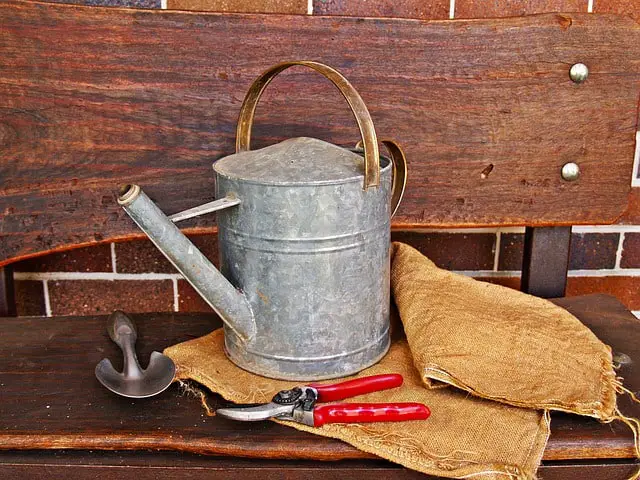
If you choose not to rake leaves, you might consider mulching them. Smaller pieces of leaf material will compost down quicker than a full leaf will. Mulching would greatly benefit your lawn.
Cover Crop
Consider planting a cover crop in your garden. When it’s time to cut it down and turn it into the soil in the spring, it will add some wonderful organic material to your soil. A thick cover crop will also hinder any weed seeds that could start sprouting (if your winters aren’t all that harsh). The cover crop’s thick root system will also hinder any erosion by holding the soil together when the rains and snow start to fall.
Oats, clover, rye, and other varieties make a great cover crop. Check in your area to see what works best for you, and when would be the correct planting time. If you can grow Hairy Vetch in your winter climate, you might want to consider that. It adds so much to the soil and can transform it.
HOSS Tools has an extensive line of Cover Crop Seeds. They recommend a blend of 2 or 3 different cover crops sown together. Check out HOSS Tools by clicking the Banner on the Right.
Water Features
Also, this is a good time to winterize any water features you have. If you have small ponds or fountains, remember to drain them, or at least pull the pump to prevent from freezing. When water freezes it expands, and will absolutely crack and ruin any pump.
It doesn’t matter if it’s plastic or metal, it will bust it if it’s full of water. So, pull the pump and put it in a location that will not get below freezing during the winter. I can put mine in the barn, but in northern climates, you will probably have to bring it inside a heated environment.
You might want to install a pond heater if you have fish or plants that might be affected by the harsh winter conditions.
Any irrigation system you had during the summer needs to be removed now too. If you have drip tape or drip lines laid out, pull them and store them for the winter.
If the pipes or water lines are PVC or Poly pipe, they probably will be all right storing them outside, but if they have any brass or other metal fittings on the pipes, make sure they don’t have any water remaining in them. That water can crack the fittings. You don’t want to have to buy new ones next spring.
Roll up your garden hoses and hang them up for the winter. When you roll them up, try to make sure you are getting all the water out of them. Also, take any spray handles or spray heads off them. They could contain water and crack in freezing temperatures. As you might be able to tell, I’ve lost a few things to freezing temperatures over the years. That’s why I’m warning you. I’ve had to replace a lot of stuff, and it doesn’t usually get that cold here in ETX.
Garden Furniture
If you are up north and get a lot of snow, you know it is hard to try to find your stuff when it has a covering of snow. I seldom get snow, so I don’t often have that problem. But, make sure to pick up all the garden tools and other items that you don’t want lying around all winter.
A rake handle will rot a lot quicker if allowed to overwinter in a bed of snow. You might also get a little surprise if you step on it unawares and it springs up and hits you in the head.
Place all picnic tables, chairs, garden statuary, etc. where you want them to winter. You don’t want to crush them if you’re driving through the snow and can’t see that they are there.
Garden Structures
If you do any vertical gardening (and you should) you probably have some posts, or fencing, or teepees that you use for your vining crops to climb. If so, remove them. You’ll probably have removed them before you till the garden, but I’m just reminding you in case you didn’t.
Put up all the posts, wire, cattle panels, etc. where they are out of the way for the winter, especially if they will have a layer of snow covering them all winter.
Plant coverings
If you have plants or trees that need protection, be sure and cover them now. Some fruit trees like figs will “winter kill” down to the ground in severe cold, and a cover might help. Many folks down here will just cut them down to the ground before winter and just let them put on their new growth in the spring.
Most mature figs produce their main crop on “new growth” anyway, so this severe pruning can be a good way to tame them somewhat. I’m not suggesting that you do that but just saying that some do.
Other fruit trees or ornamentals might benefit from a blanket of some sort. There are “frost blankets” that might provide a small amount of protection. Do some research and find out what (if any) protection your particular trees might need, and provide it for them before winter.
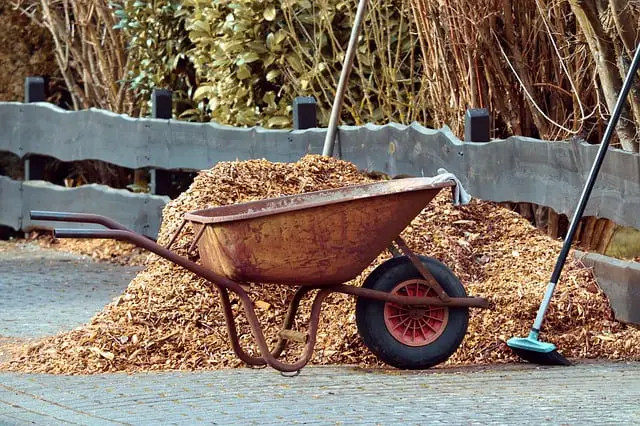
Know what USDA Zone you are in and prepare accordingly. If you are new to the area, find some local gardeners and see if you are missing something in your preparations for winter. Local gardeners will know what kind of weather you can expect and the precautions needed to have you come out on the other side victorious.
Unwanted Critters
This is a great time to rid yourself of any unwanted critters. Especially tunneling critters. Gophers, moles, and voles can absolutely ruin a garden. I lost a large blackberry patch to gophers before I could get a handle on them.
Use the cool fall weather to start an eradication plan. Whether you prefer a humane way of control (I don’t know of one) or a more “permanent” solution, try to remove all these tunneling pests from your garden area and your property before winter sets in. I have a video on my YouTube Channel showing how I catch gophers. I got pretty good at it.
If you don’t get them now, they will winter in their nice comfortable home (that you insulated for them with mulch and compost) and start cranking out their offspring in early spring. Try to eradicate the adults now so you don’t have to deal with their future generations.
Also, an armadillo (we have plenty in Texas) can plow a garden up till it looks like a herd of hogs came through. They will root around looking for worms and larvae and will kill plants, gardens and lawns. They are a real menace here.
To Summarize
There are really 4 major things to do:
- Clean
- Cultivate
- Compost
- Eradicate
I hope this has helped you get ready for Old Man Winter, and that your spring garden will benefit from the ideas given here.
I know your time is valuable. I sincerely thank you for spending some of it here.
I have a YouTube Channel that has around 800 videos about my experiences with Back To Eden Gardening, Traditional Gardening, Vertical Gardening and just about every other aspect of Homesteading, Gardening, Raising Livestock and Emergency Preparedness. You can find my Channel HERE

